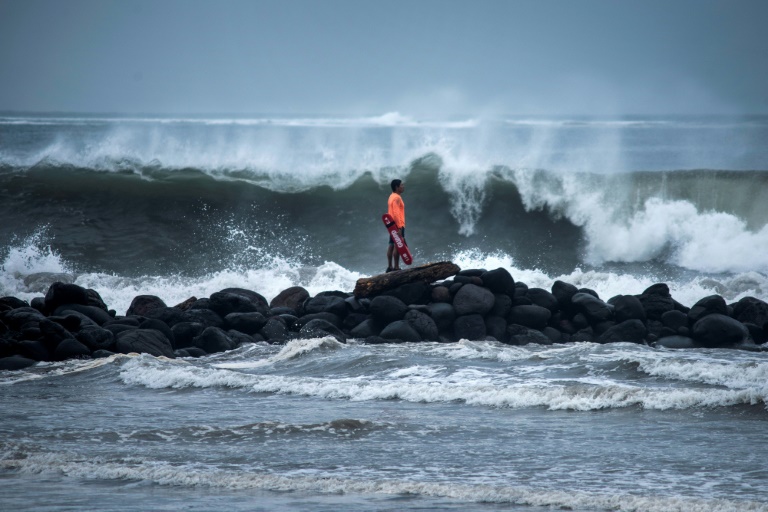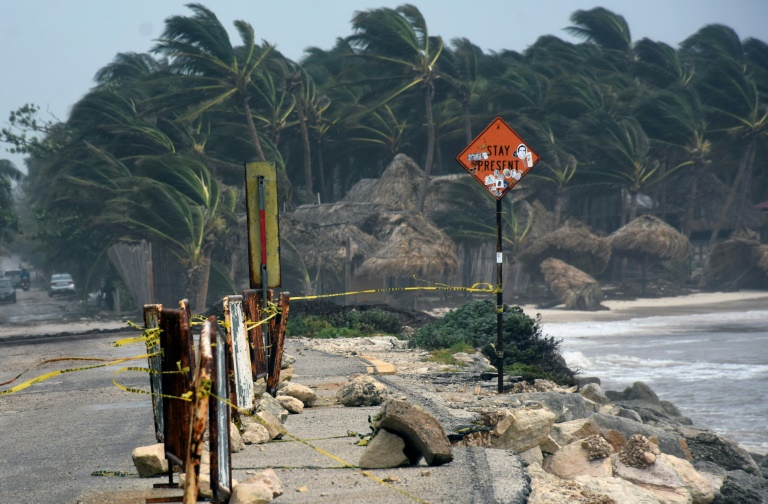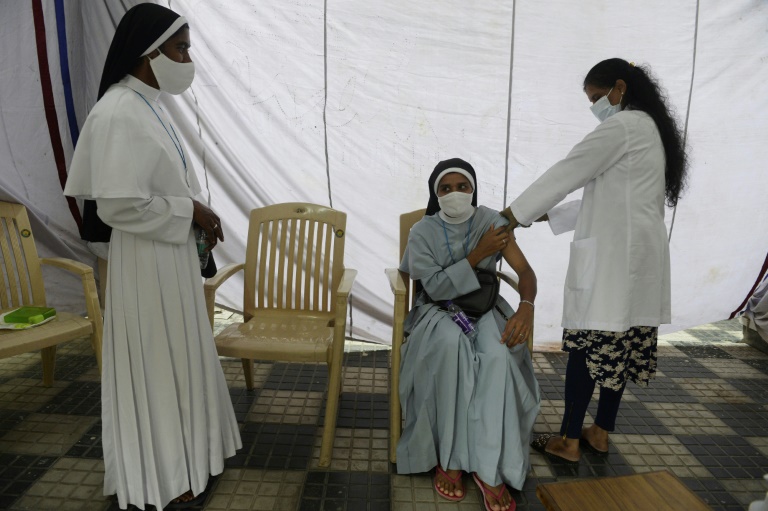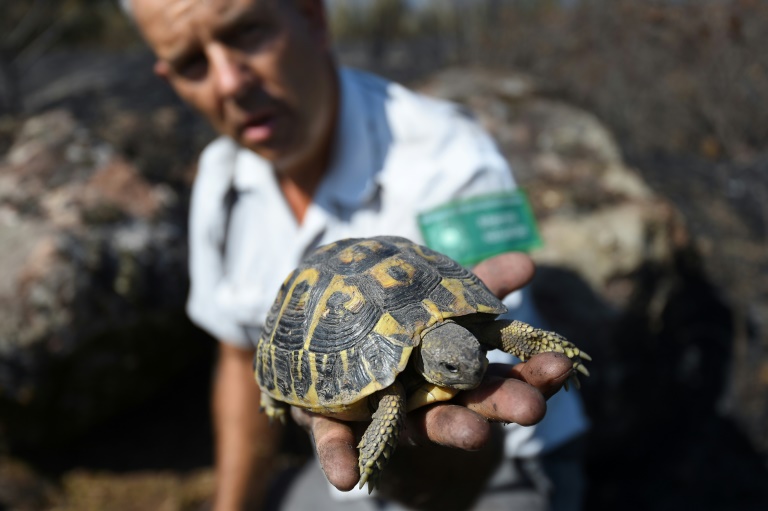Grace intensifies into major hurricane heading for Mexico
Hurricane Grace rapidly strengthened into a major Category Three storm on Friday as it barreled towards Mexico for a second time, triggering warnings of significant flooding and mudslides.
The storm clocked maximum sustained winds of 120 miles (195 kilometers) per hour while approaching the coast of the eastern state of Veracruz, according to the US National Hurricane Center (NHC).
Category Three is the third-highest of five levels on the Saffir-Simpson scale.
A hurricane warning was in effect for coastline stretching from Puerto Veracruz to Cabo Rojo ahead of landfall expected during the night.
“Some additional strengthening is possible until Grace makes landfall, with rapid weakening expected as Grace moves inland over the mountains of central Mexico,” the NHC said.
– Troops on standby –
Authorities in the state of Veracruz said they had prepared 200 storm shelters and planned to open another 2,000 if necessary.
Veracruz Governor Cuitlahuac Garcia warned of the risk of flooding and mudslides as the storm dumped heavy rain on the mountainous region.
Members of the Mexican armed forces were ready to deploy if needed to protect residents, said civil protection national coordinator Laura Velazquez.
Authorities closed most highways in Veracruz, which is crossed by numerous rivers.
In preparation for the storm, workers along the coast boarded up windows to protect stores, fishermen brought their boats ashore and residents secured their homes after stocking up on canned food and water.
“We will spend many days without fishing — almost a week,” said Isabel Pastrana Vazquez, head of Veracruz’s federation of fisheries cooperatives.
“About 35,000 fishermen will be affected because we can’t go out. We’re going to have a swell and rain,” he said.
– ‘Dangerous storm surge’ –
The NHC warned that heavy rainfall in Mexico through the weekend “will result in significant flash and urban flooding as well as mudslides.”
A “dangerous storm surge” would be accompanied by “large and destructive waves” near the coast, it said.
As the hurricane approached Mexico’s Yucatan Peninsula earlier in the week, more than 6,000 tourists and residents were evacuated to storm shelters across the southeastern state of Quintana Roo.
The storm first struck near the town of Tulum, famed for its Mayan temples, drenching a string of Caribbean beach resorts.
The hurricane passed the Riviera Maya coastline without any loss of life, according to Quintana Roo Governor Carlos Joaquin. He said electricity had been almost completely restored across the state.
It then churned across the Gulf of Mexico, gathering strength as it headed for the mainland.
Authorities in Mexico City warned that the storm could also bring heavy rains to the capital over the weekend.








